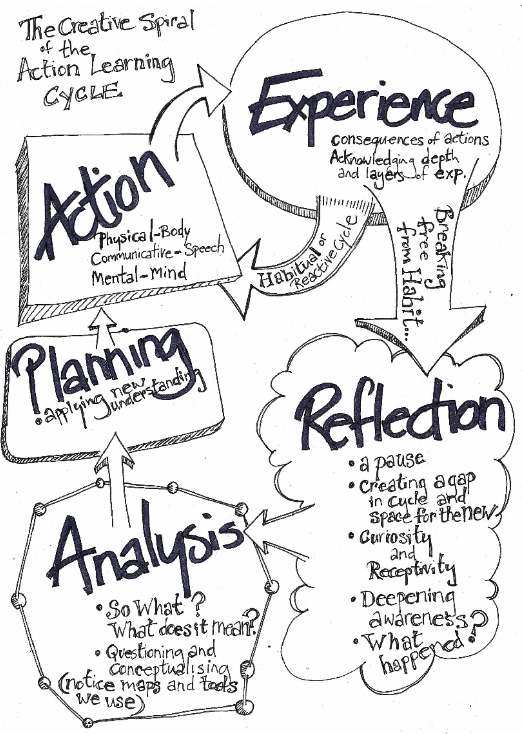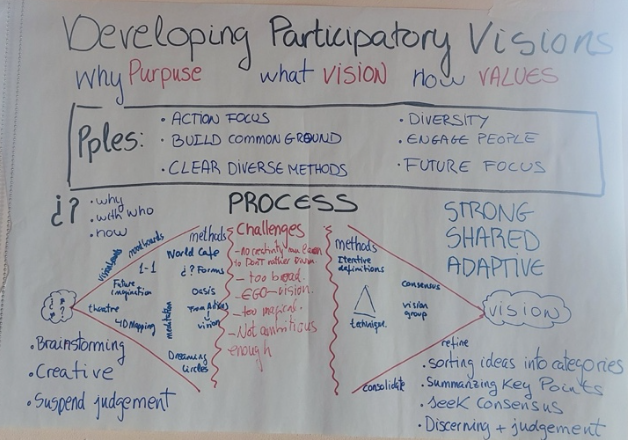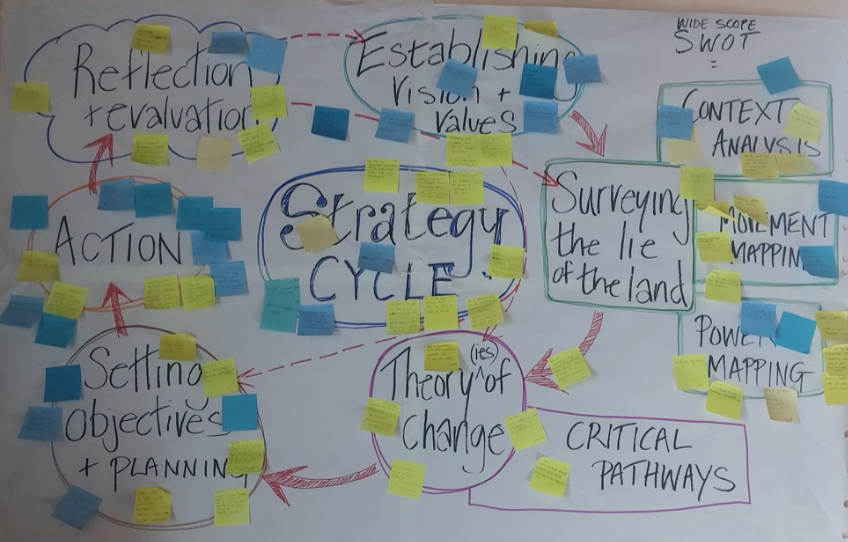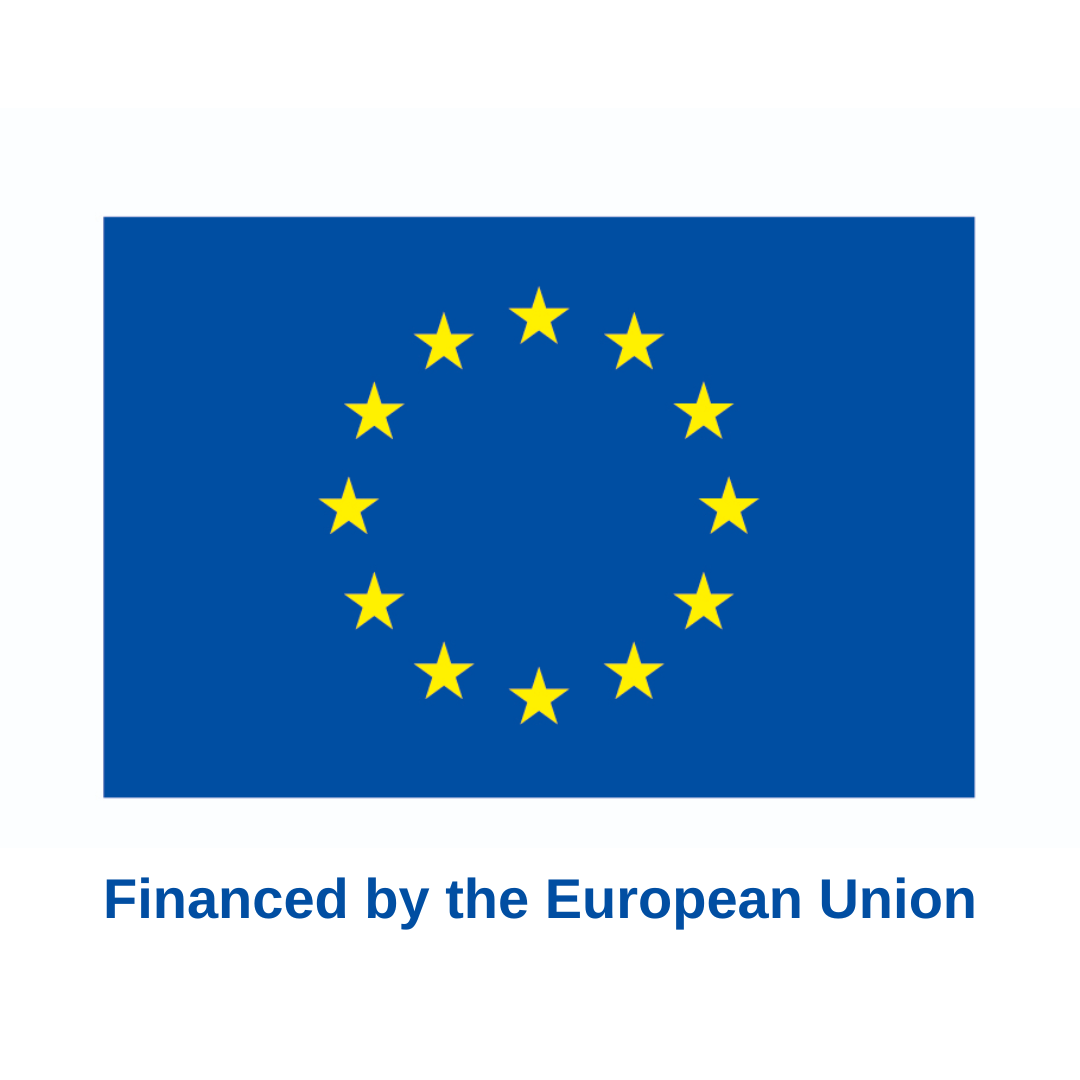What methods were used in the training?We learned about many different tools we can use to strengthen our own movement, but also to position our group within the contextual factors at play, such as current patterns in our political, economical, and legal systems. We practiced the tools in smaller subgroups based on our organisation, the strategies we use, or the country/region we are active in. The tool I found the most valuable is a pathway analysis, in which one goes backwards from a specific goal and thinks of different paths to reach that goal. Using this tool, a participant who is involved in the End Fossil Occupy movement and I mapped how we could transform universities to be frontrunners in the struggle for climate justice. Critically reflecting on the pathways we came up with the broader group helped us find creative ways that could bring about the change we seek. We also learned valuable lessons directly from an active organiser who is active in the UK and was involved in setting up campaigns such as Plant Based Universities. After giving a short overview of different campaigns and groups he was involved in setting up, we could ask him questions about lessons learned and his strategy insights. One valuable lesson he shared was that we need to empower people who have the drive to set up campaigns, and set up structures to mentor new campaign leaders, especially to scale campaigns.
In the larger group, we reflected on the theories of change our group uses, as well as our values and goals – and how to reach those goals. Working both in smaller groups and reflecting together was extremely valuable as it showcased how much we can learn from groups using different strategies, and how we can align with them in our struggle for positive change. Because of the range of groups present and the various contexts we act within, contextual differences and similarities across European countries, and across topics (e.g., how climate mitigation, civic education and tenant rights are inter connected, especially in the European context), became very clear. This interconnectedness of struggles showcased once more how important it is to be in touch not only with the groups we are most aligned with, but also put effort in connecting with movements using different strategies, operating across different contexts and focusing on other (interconnected) struggles. | How do you plan to apply what you learned? Do you have any practical examples of this already? I have been using some of the tools for the movement I am active in: We for instance have used a pathway analysis in which we mapped which stepping stones are necessary to reach our goal. This helped us to set tangible goals for our campaign and illustrated what further tools and information we require to make the campaign a success.
We have also recently organised a reflection weekend with others who are active within Extinction Rebellion and Scientist Rebellion in the Netherlands and Germany, in which we applied different tools learned, but also took room to reflect on our own and our group values, goals and strategy. In general, many of the mapping tools have been extremely valuable for me, as I have been able to use them across different contexts – when thinking of what I want to focus on moving forward – but also to reflect on goals, values, and important actors in the spaces we are engaging in to bring about positive change.
 |





